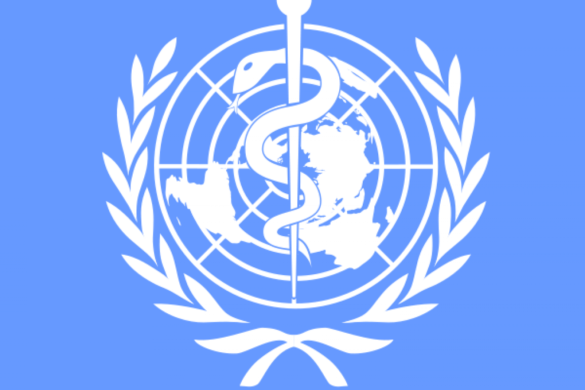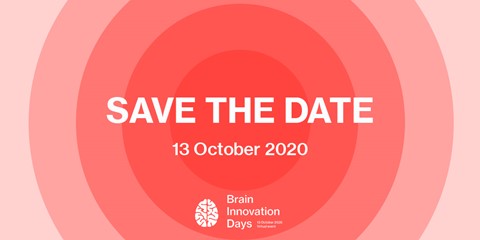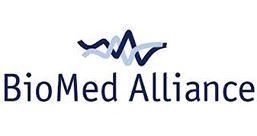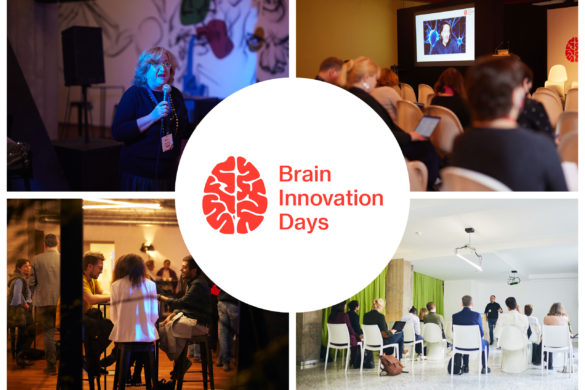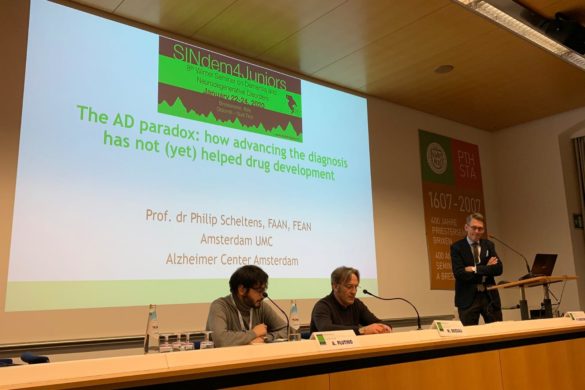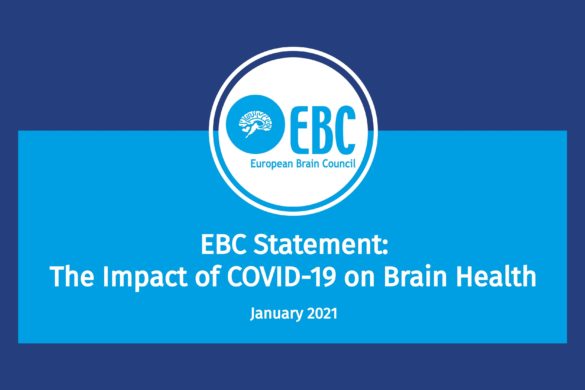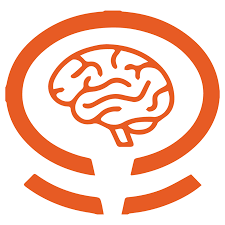World Brain Day 2019: Migraine, the Painful Truth
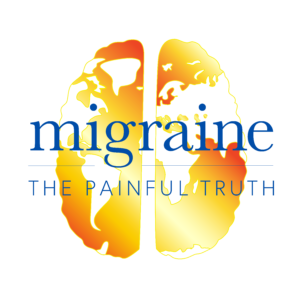 Migraine is the number one cause of disability affecting people under the age of fifty years ( the group with the highest contribution to workforce worldwide) making one of the highest negative economic impacts globally(1). According to the latest analysis from the GBD study, almost 3 billion people had a headache disorder in 2016: 1.89 billion had a diagnosis of tension-type headache, and 1.04 billion had a diagnosis of migraine(2). Migraine was responsible for 45.12 million years of life lived with disability (YLD), with a peak in prevalence in women between 15 and 49 years(3). One in seven suffer from this disabling, least respected, worst managed, least recognised complex brain disorder worldwide(5).
Migraine is the number one cause of disability affecting people under the age of fifty years ( the group with the highest contribution to workforce worldwide) making one of the highest negative economic impacts globally(1). According to the latest analysis from the GBD study, almost 3 billion people had a headache disorder in 2016: 1.89 billion had a diagnosis of tension-type headache, and 1.04 billion had a diagnosis of migraine(2). Migraine was responsible for 45.12 million years of life lived with disability (YLD), with a peak in prevalence in women between 15 and 49 years(3). One in seven suffer from this disabling, least respected, worst managed, least recognised complex brain disorder worldwide(5).
Behind these numbers are real lives.
Despite these statistics, many people affected by migraine are unable to access the appropriate treatments, rehabilitation and support that would provide them with the greatest chance of a better health-related quality of life and more productive and independent life.
Our major focus is an advocate for the five key messages for migraine:
- Prevalence: Migraine is the most common brain disease in the world, affecting one in seven people worldwide.
- Disability: Migraine is one of the leading causes of disability in the world and can severely impact every aspect of life.
- Education: Migraine is underrecognized, underdiagnosed, and undertreated.
- Research: Migraine receives less research funding than all of the world’s most burdensome diseases.
- Standard of Care: Migraine is a disease in which the majority of sufferers do not get the help they need
For the occasion of the WBD, the WFN works jointly with the International headache society (HIS) and experts affiliated with various advocacy organizations throughout the world, especially Europe and North America.
The World Brain Day (WBD) is a regular yearly activity of the World Federation of Neurology for improving awareness and advocacy related to neurological diseases. It is the 22nd of July every year commemorating the establishment of the WFN in 1957. The WFN chooses a topic and promotes the WBD, by providing material, press support to their member states. For several topics the WFN has partnered with other international organizations.
The previous topics of the WBD were 2014: Our brains our future, 2015 epilepsy (partnering with ILAE), 2016 : Brain Health and the Ageing Population, 2017: “Stroke is a brain attack – prevent it and treat it” (partnering with WSO), 2018: Clean air for brain health and 2019: Migraine, the painful truth (partnering with IHS). (For details please see the WFN website (https://www.wfneurology.org/world-brain-day-2017)
For the WBD the WFN, with its 120 members plans many activities across the globe including seminars, media briefings, camps, walks, round tables and other media activities. Members states are encouraged to promote and celebrate the WBD in their own country, and also report on their activities. They receive promotional material, and also a press tool kit to help with press contacts and mailing. For this year again, a professional press campaign has been initiated. One of the highlights will be a webinar, which will take place on the WBD.
Continuos support is given by the WFN website, and social media.
How to participate?
Advocacy in neurology is of critical importance in contemporary clinical practice(6)
We invite all neurologists, neuroscientists, trainees, technologists, advocacy bodies and activists to become part of this world brain day campaign (4). You can participate by just posting our banner ad on your page sharing our posts, messages and videos to your friends and colleagues. You can partner with local neurology societies and organisations for participation and promotion of these activities.
You can access the World Brain day 2019 tool kit here.
Professor Tissa Wijeratne MD FRCP(Edin) FRCP (London)FAHA FAAN FRACP
Department of Neurology, Western Health, St Albans, 3021, Victoria, Australia
Twitter: CombatstrokeSL
Linkedin: https://www.linkedin.com/in/tissa-wijeratne-md-faan-fracp-faha-frcp-edin-516b8a20
Professor Wolfgang Grisold MD (Secretary General, WFN, Vienna, Austria)
References:
- Steiner TJ, Stovner LJ, Vos T, Jensen R, Katsarava Z. Migraine is the first cause of disability in under the 50s: will health politicians now take notice? J Headache Pain. 2018;19(1):17.
- Collaborators GBDH. Global, regional, and national burden of migraine and tension-type headache, 1990-2016: a systematic analysis for the Global Burden of Disease Study 2016. Lancet Neurol. 2018;17(11):954-76.
- Reuter U. GBD 2016: still no improvement in the burden of migraine. Lancet Neurol. 2018;17(11):929-30.
- World Brain Day 2019: Save the Date (World Federation of Neurology)
- Migraine: The No. 1 Cause of Disability in Australia (Fight Against Migraine)
- Grisold W Struhal W, Grisold T. ADVOCACY IN NEUROLOGY. [UK]: OXFORD UNIV Press; 2019.




